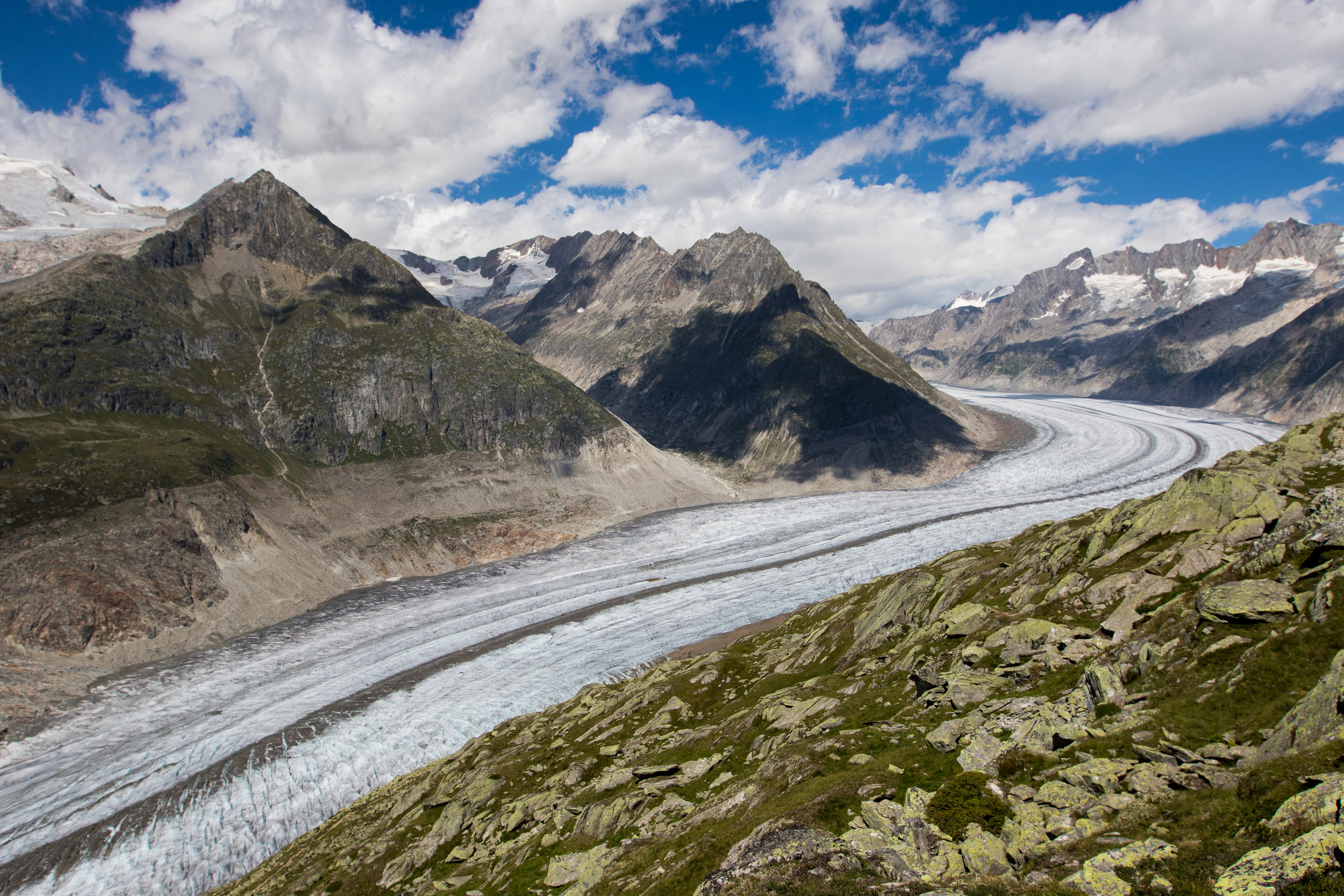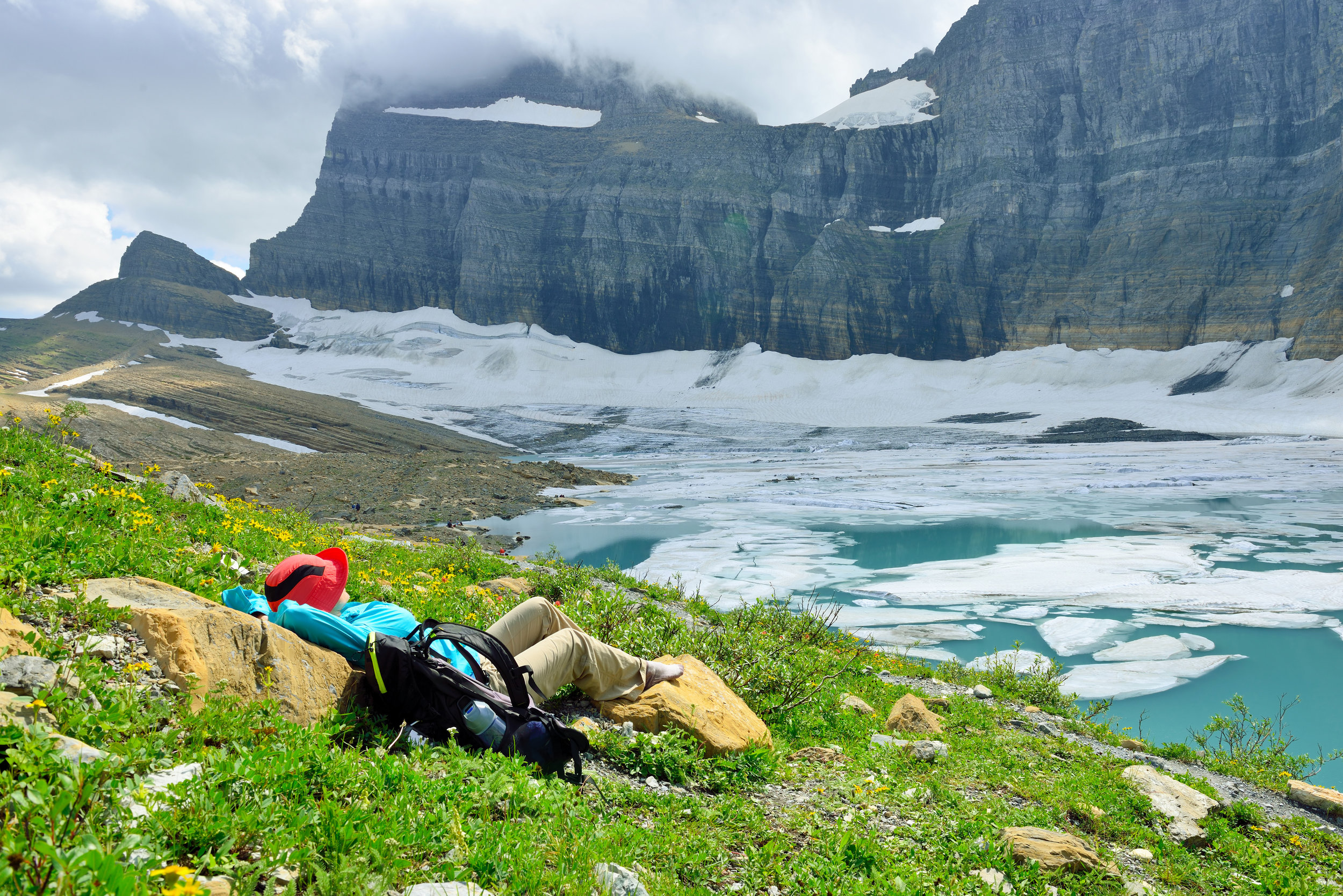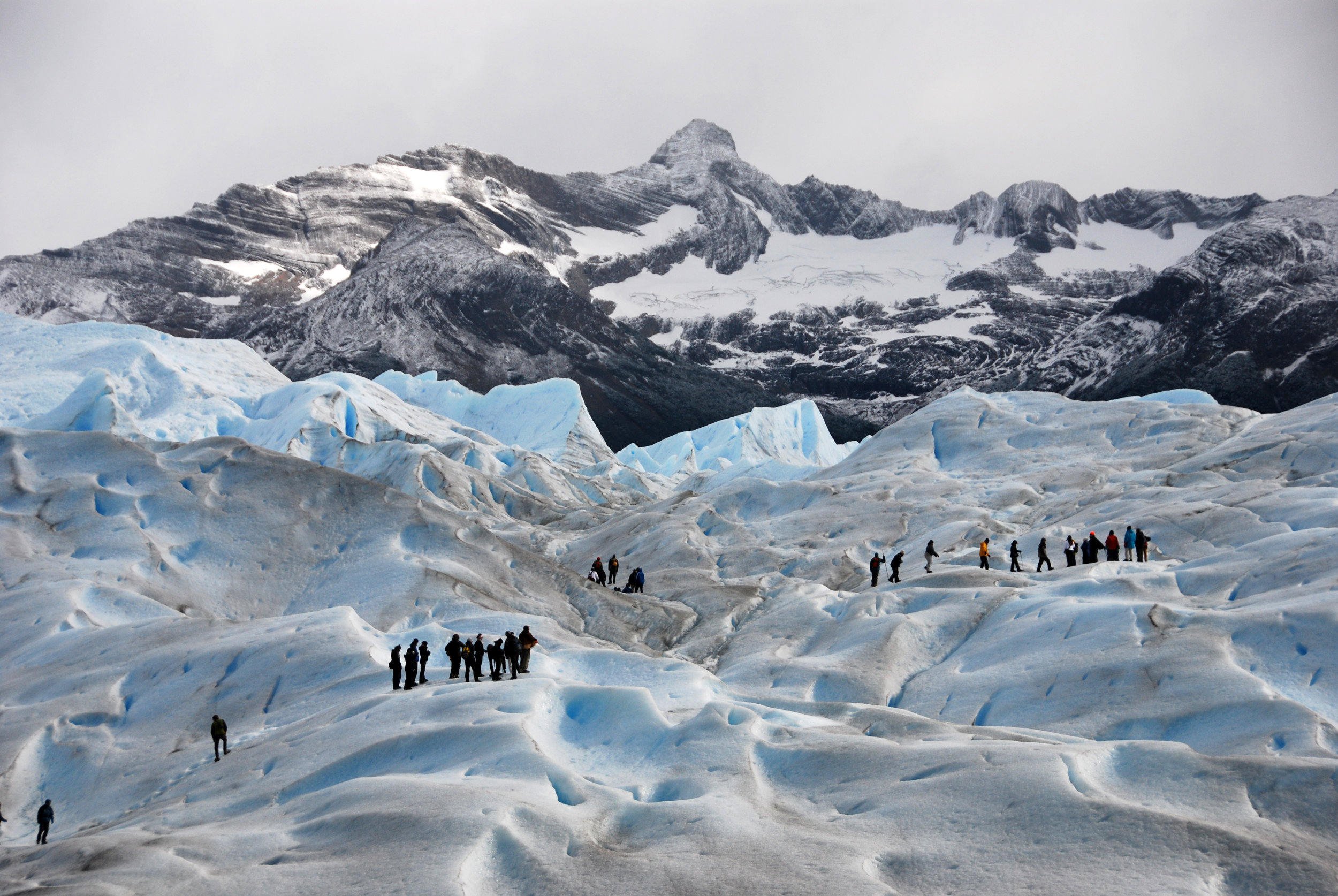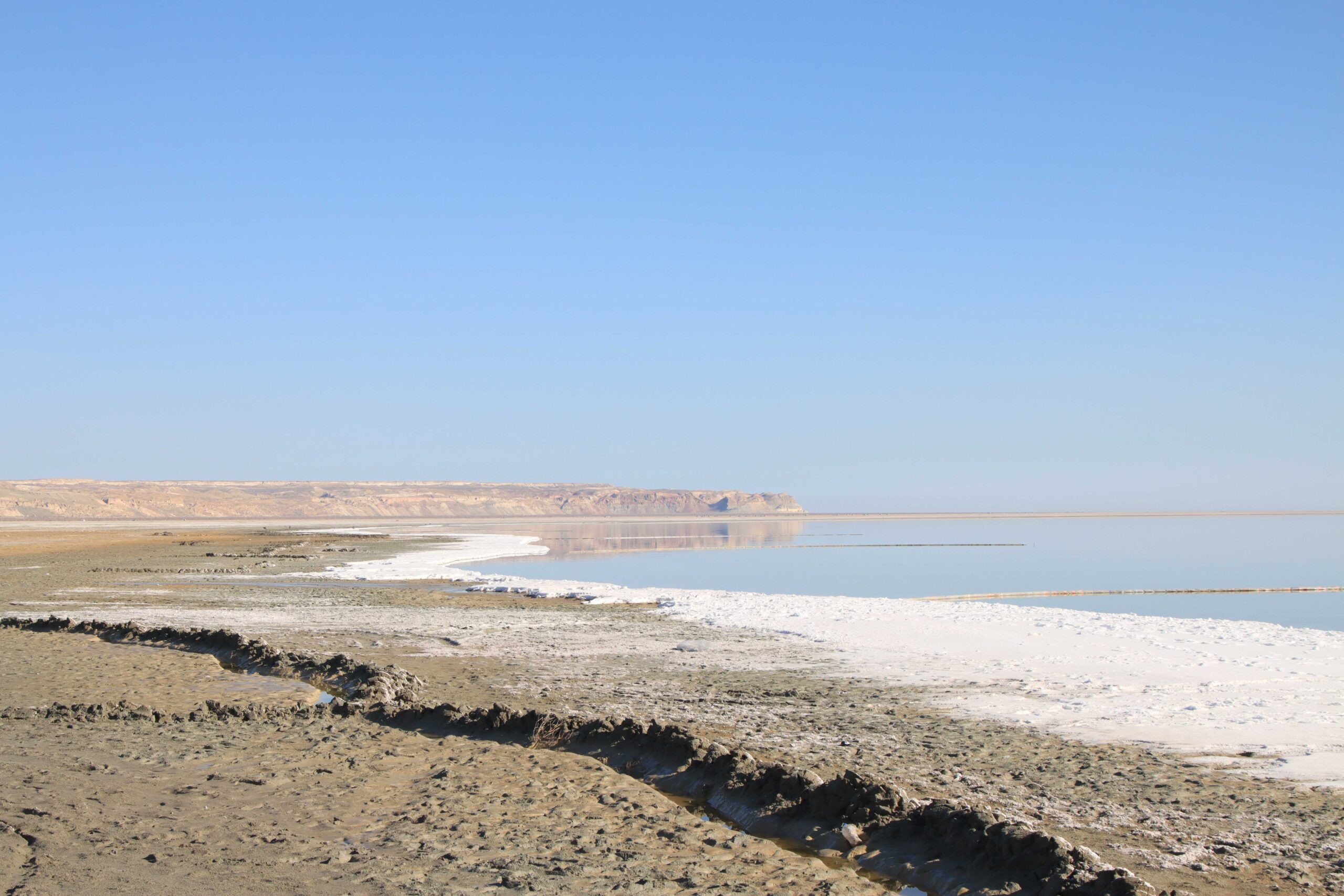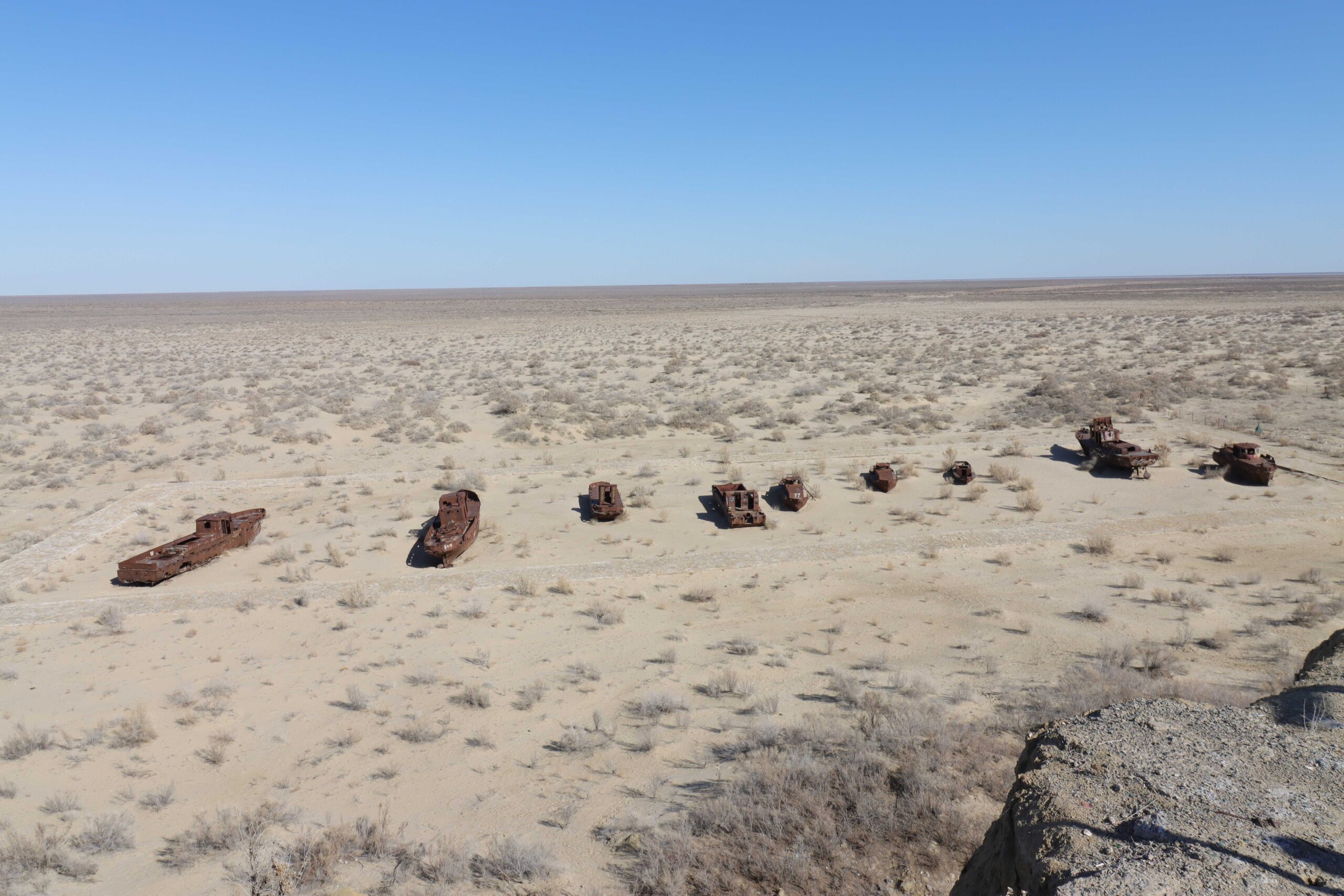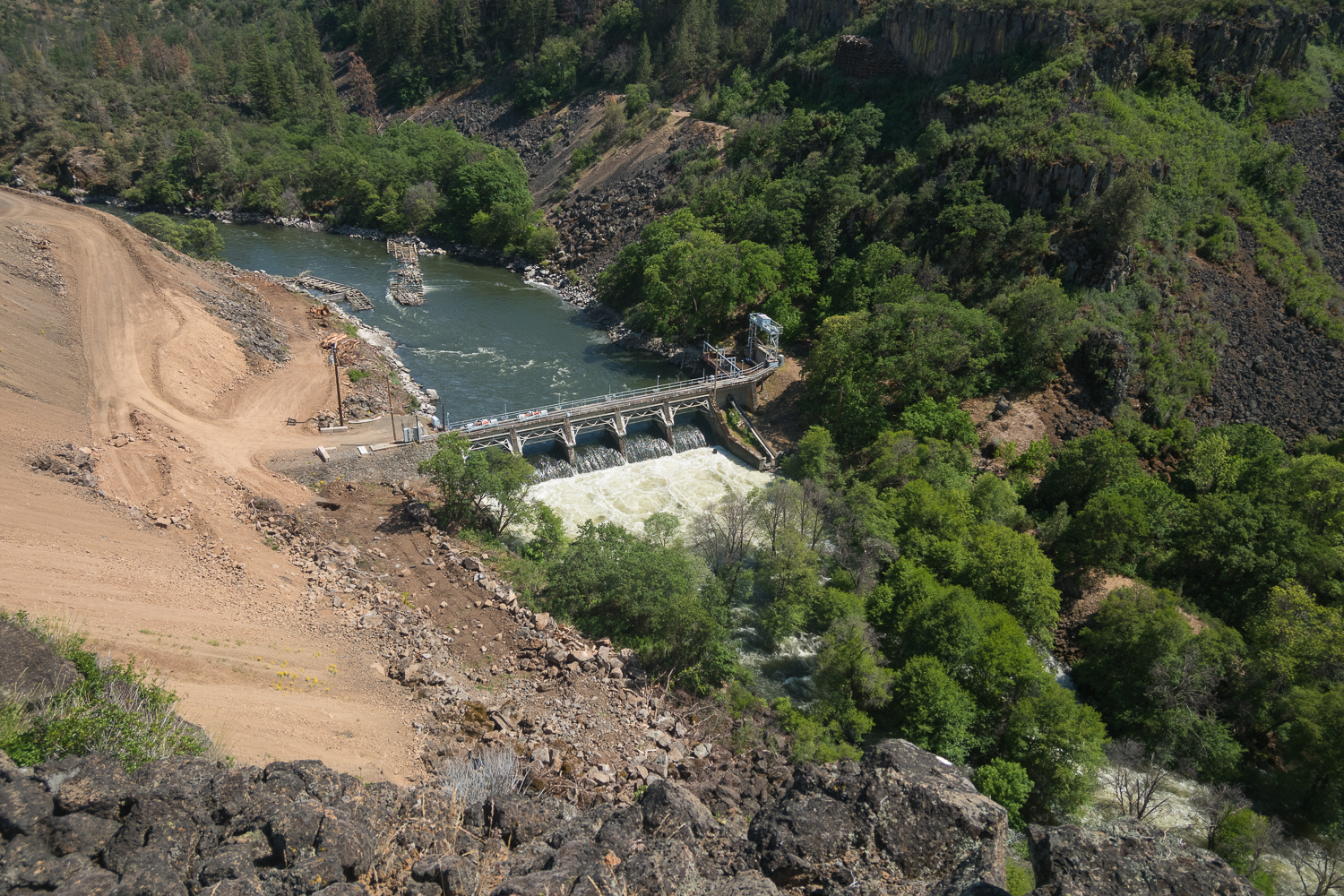A new paper published by the International Union for the Conservation of Nature (IUCN) outlines how the accelerated changing of the climate is putting more than 18,000 glaciers in risk of losing almost all their ice by 2100.
Ever since UNESCO (the United Nations Educational Scientific and Cultural Organization) met in 1972 during the first World Heritage Convention, the UN arm has been designating important places and buildings across the world as World Heritage Sites.
Afforded grants from funds and protection under international law, World Heritage Sites represent one of the highest designations of security and importance that any international organization possesses. A site can either be natural, cultural, or mixed. Among the natural heritage sites, there are 46 that contain glaciers.
PICTURED: female hiker resting by the Grinnell glacier in Many Glaciers, Glacier National Park, Montana in summer. North American glaciers are the most at risk, the study suggests.
Cold Hard Facts
19,039 glaciers were inventoried within the 46 Natural Heritage Sites, with some excluded from the data if most of their ice was located outside the boundary of the site, and examined within a rigorous review of the existing literature and “cutting-edge glaciological modeling for predicting glacier responses.
According to aerial photography collected over many years, Yellowstone National Park, a UNESCO Natural Heritage Site, has lost all nine of its glaciers – leaving behind only small patches of snow. Other sites, in The Himalayas or New Zealand for example, are also on course to lose the vast majority of their ice over the next 60 years.
Other North American sites include, Waterton Glacier International Peace Park, Canadian Rocky Mountain Parks, Glacier National Park, which has lost over 100 of the 150 glaciers it had in 1850, and Olympic National Park in Washington State could lose more than 70% of their current glacier ice by 2100, even under drastically lowered CO2 emissions.
Los Glaciares National Park in Argentina contains some of the largest glaciers on Earth and a very large ice loss – about 60% of the current volume – is predicted by 2100 within this site. Another tragic casualty would be Grosser Aletschgletscher, the largest glacier in the European Alps. This glacier is predicted to experience much greater volume loss over the same period, and is already showing signs of breaking apart.
PICTURED: Hikers on Perito Merino Glacier – Big Ice tour, Glaciers National Park, El Calafate, Argentina
“Losing these iconic glaciers would be a tragedy and have major consequences for the availability of water resources, sea level rise and weather patterns,” said Peter Shadie, Director of IUCN’s World Heritage Program.
“This unprecedented decline could also jeopardize the listing of the sites in question on the World Heritage list. States must reinforce their commitments to combat climate change and step up efforts to preserve these glaciers for future generations”.
The study also notes that smaller glaciers will decline at a faster rate than larger glaciers, but that even small ones could stabilize if air temperatures would cease climbing over the next few decades.
Glaciers are among the best climate indicators in nature because their volume depends on air temperature, precipitation and energy exchange at the Earth’s surface. Since the nineteenth century, by limiting snow precipitation and extending and intensifying melt periods, anthropogenic global warming has induced a worldwide glacier decline.
In the book My Travels In Alaska, the great Scottish-American naturalist John Muir, outlines the importance of glaciers in the greater ecosystem. The bosoms of glaciers, he explains, are a very common source for rivers. The continuous buildup of snow and resulting cold surface temperatures on glaciers serve to keep many rivers clean and free of debris.
The study states “In an increasing number of publications (……..), the scientific community warns humanity against the critical state of climate, nature, and societies on Earth in the Anthropocene and shows that decisive actions have to be urgently taken to prevent unprecedented, damageable, and irreversible consequences”.
